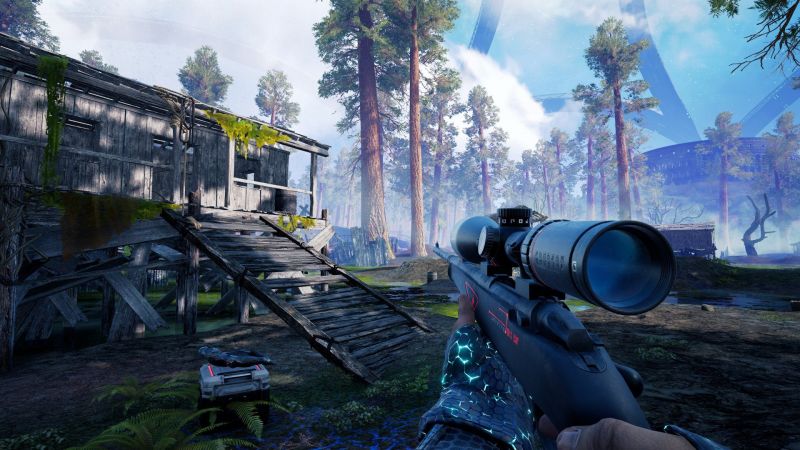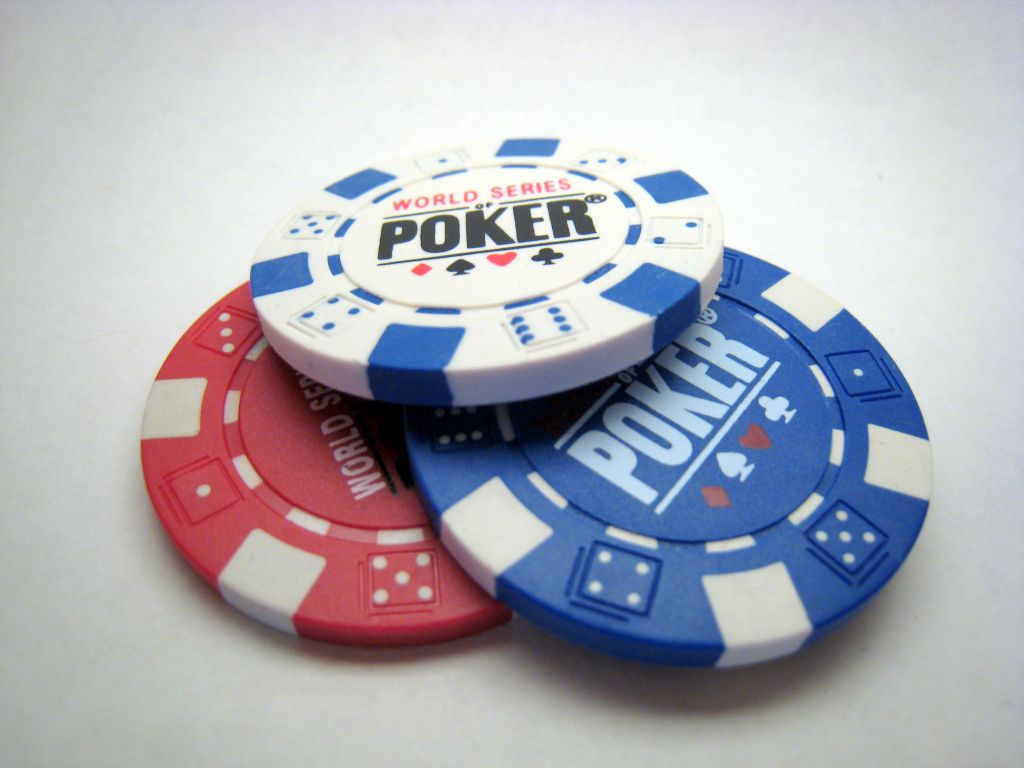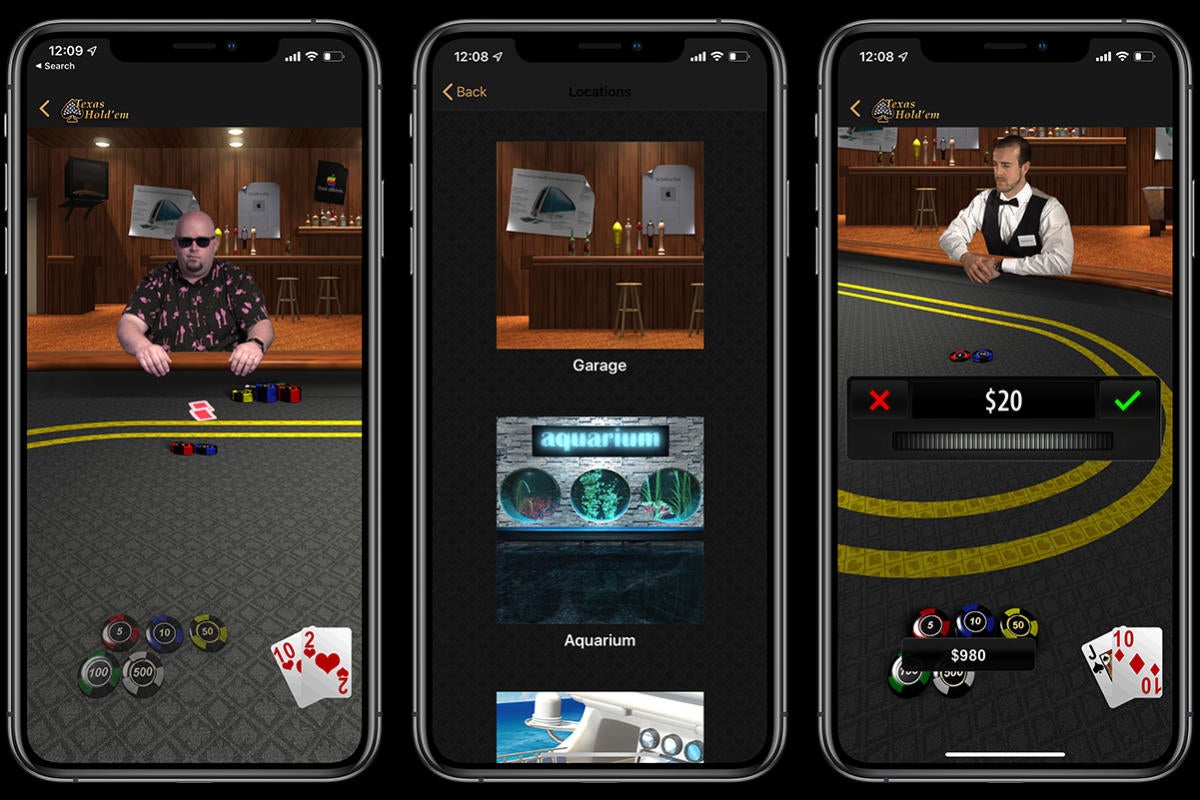Poker: Texas Hold'em (No Limit) By Masque Publishing. Play two face down cards and the five community cards. Bet any amount or go all-in. Your Gaming History. Free real Texas Hold'em Poker is the most realistic poker around. Whether you're a beginner or a pro, you can enjoy the thrill of the perfect hand, or the perfect bluff. Learn the ropes of several popular poker variations and sharpen your skills at the poker table. Play today - it's the closest thing to actually being there!
- Wsop – Texas Holdem Poker Codes
- Texas Holdem Poker Cheat Sheet
- Free Texas Hold'em Poker.com Download Free
The Lodge Poker Club & Card House – Texas’s leader in daily cash and tournaments game play running Texas Hold ‘em, Omaha Poker, 7 Stud, and more. The Lodge Poker Club is a member’s only social club offering a wide range of daily and tournament game play serving central Texas. Memberships can be purchased daily, monthly or annually. Texas Treasure Casino Cruise details page: This casino cruise is located in Port Aransas, Texas. World Casino Directory also books hotel rooms in the major casino resorts in Port Aransas. You can browse our images of Texas Treasure Casino Cruise or read recent headlines about Texas Treasure Casino Cruise on this page.
THE PACK
The standard 52 card pack is used.
POKER HANDS
Five of a Kind – This is the highest possible hand and can occur only where at least one card is wild, such as a joker. Examples of five of a kind would be four 10s and a wild card or two queens and three wild cards.
Straight Flush – This is the highest possible hand when only the standard pack is used, and there are no wild cards. A straight flush consists of five cards of the same suit in sequence, such as 10, 9, 8, 7, 6 of hearts.
Wsop – Texas Holdem Poker Codes
Four of a Kind – This is the next highest hand. An example is four aces or four 3s.
Full House – This colorful hand is made up of three cards of one rank and two cards of another rank, such as three 8s and two 4s.
Flush – Five cards all of the same suit, but not all in sequence, is a flush. An example is Q, 10, 7, 6, and 2 of clubs.
Straight – Five cards in sequence, but not all of the same suit is a straight. An example is 9♥, 8♣, 7♠, 6♦, 5♥.
Three of a Kind – This combination contains three cards of the same rank, and the other two cards each of a different rank, such as three jacks, a seven, and a four.
Two Pairs – This hand contains a pair of one rank and another pair of a different rank, plus any fifth card of a different rank, such as Q, Q, 7, 7, 4.
One Pair – This frequent combination contains just one pair with the other three cards being of different rank. An example is 10, 10, K, 4, 3.
No Pair – This very common hand contains “nothing.” None of the five cards pair up, nor are all five cards of the same suit or consecutive in rank. When more than one player has no pair, the hands are rated by the highest card each hand contains, so that an ace-high hand beats a king-high hand, and so on.
OBJECT OF THE GAME
Before and after each card(s) is revealed, players take turns to bet. To stay in the hand and see the next card, all players must have put the same amount of chips in the pot as each other.

The best poker hand wins the pot.
THE DEAL
Every player is dealt two cards, for their eyes only.
The dealer spreads five cards – three at once, then another, then another – which can be used by all players to make their best possible five-card hand.
THE PLAY
In Hold’em, each player is dealt two private cards (known as ‘hole cards’) that belong to them alone. Five community cards are dealt face-up, to form the ‘board’. All players in the game use these shared community cards in conjunction with their own hole cards to each make their best possible five-card poker hand. In Hold’em, a player may use any combination of the seven cards available to make the best possible five-card poker hand, using zero, one or two of their private hole cards.
The Blinds
In Hold’em, a marker called ‘the button’ or ‘the dealer button’ indicates which player is the dealer for the current game. Before the game begins, the player immediately clockwise from the button posts the “small blind”, the first forced bet. The player immediately clockwise from the small blind posts the “big blind”, which is typically twice the size of the small blind, but the blinds can vary depending on the stakes and betting structure being played.
In Limit games, the big blind is the same as the small bet, and the small blind is typically half the size of the big blind but may be larger depending on the stakes. For example, in a $2/$4 Limit game the small blind is $1 and the big blind is $2. In a $15/$30 Limit game, the small blind is $10 and the big blind is $15.

In Pot Limit and No Limit games, the games are referred to by the size of their blinds (for example, a $1/$2 Hold’em game has a small blind of $1 and a big blind of $2).
Depending on the exact structure of the game, each player may also be required to post an ‘ante’ (another type of forced bet, usually smaller than either blind, posted by all players at the table) into the pot.
Now, each player receives his or her two hole cards. Betting action proceeds clockwise around the table, starting with the player ‘under the gun’ (immediately clockwise from the big blind).
Player Betting Options
In Hold’em, as with other forms of poker, the available actions are ‘fold’, ‘check’, ‘bet’, ‘call’ or ‘raise’. Exactly which options are available depends on the action taken by the previous players. If nobody has yet made a bet, then a player may either check (decline to bet, but keep their cards) or bet. If a player has bet, then subsequent players can fold, call or raise. To call is to match the amount the previous player has bet. To raise is to not only match the previous bet, but to also increase it.
Pre-Flop
After seeing his or her hole cards, each player now has the option to play his or her hand by calling or raising the big blind. The action begins to the left of the big blind, which is considered a ‘live’ bet on this round. That player has the option to fold, call or raise. For example, if the big blind was $2, it would cost $2 to call, or at least $4 to raise. Action then proceeds clockwise around the table.
Betting continues on each betting round until all active players (who have not folded) have placed equal bets in the pot.

The Flop
Now, three cards are dealt face-up on the board. This is known as ‘the flop’. In Hold’em, the three cards on the flop are community cards, available to all players still in the hand. Betting on the flop begins with the active player immediately clockwise from the button. The betting options are similar to pre-flop, however if nobody has previously bet, players may opt to check, passing the action to the next active player clockwise.
The Turn
When the betting action is completed for the flop round, the ‘turn’ is dealt face-up on the board. The turn is the fourth community card in Hold’em (and is sometimes also called ‘Fourth Street’). Another round of betting ensues, beginning with the active player immediately clockwise from the button.
The River
When betting action is completed for the turn round, the ‘river’ or ‘Fifth Street’ is dealt face-up on the board. The river is the fifth and final community card in a Hold’em game. Betting again begins with the active player immediately clockwise from the button, and the same betting rules apply as they do for the flop and turn, as explained above.
The Showdown
If there is more than one remaining player when the final betting round is complete, the last person to bet or raise shows their cards, unless there was no bet on the final round in which case the player immediately clockwise from the button shows their cards first. The player with the best five-card poker hand wins the pot. In the event of identical hands, the pot will be equally divided between the players with the best hands. Hold’em rules state that all suits are equal.
After the pot is awarded, a new hand of Hold’em is ready to be played. The button now moves clockwise to the next player, blinds and antes are once again posted, and new hands are dealt to each player.
Source : https://bicyclecards.com/how-to-play/texas-holdem-poker/
| Nickname(s): | |
Location in the state of Texas | |
| Coordinates: 27°47′33″N97°40′10″W / 27.79250°N 97.66944°WCoordinates: 27°47′33″N97°40′10″W / 27.79250°N 97.66944°W | |
| Country | United States |
|---|---|
| State | Texas |
| County | Nueces |
| Area | |
| • Total | 12.99 sq mi (33.63 km2) |
| • Land | 12.99 sq mi (33.63 km2) |
| • Water | 0.00 sq mi (0.00 km2) |
| Elevation | 72 ft (22 m) |
| Population | |
| • Total | 11,487 |
| • Estimate (2019)[2] | 11,261 |
| • Density | 867.16/sq mi (334.80/km2) |
| Time zone | UTC−6 (CST) |
| • Summer (DST) | UTC−5 (CDT) |
| ZIP code | |
| Area code | 361 |
| FIPS code | 48-62600[3] |
| GNIS feature ID | 1345344[4] |
| Website | www.cityofrobstown.com |
Robstown is a city in Nueces County, Texas, United States, and a western suburb of Corpus Christi. It was founded about 1906, and was named for Robert Driscoll.[5] The population was 11,487 as of the 2010 census.
The Texas State Legislature officially recognizes Robstown as the birthplace of Texas hold 'empoker.[6]
Geography[edit]
Robstown is located at 27°47′33″N97°40′10″W / 27.79250°N 97.66944°W (27.792615, -97.669386).[7]
According to the United States Census Bureau, the city has a total area of 12.1 square miles (31 km2), all of it land.
Climate[edit]
The climate in Robstown is characterized by hot, humid summers and generally mild to cool winters. According to the Köppen climate classification system, Robstown has a humid subtropical climate, Cfa on climate maps.[8]


Demographics[edit]
| Historical population | |||
|---|---|---|---|
| Census | Pop. | %± | |
| 1920 | 948 | — | |
| 1930 | 4,183 | 341.2% | |
| 1940 | 6,780 | 62.1% | |
| 1950 | 7,278 | 7.3% | |
| 1960 | 10,266 | 41.1% | |
| 1970 | 11,217 | 9.3% | |
| 1980 | 12,100 | 7.9% | |
| 1990 | 12,849 | 6.2% | |
| 2000 | 12,727 | −0.9% | |
| 2010 | 11,487 | −9.7% | |
| 2019 (est.) | 11,261 | [2] | −2.0% |
| U.S. Decennial Census[9] | |||
Texas Holdem Poker Cheat Sheet
As of 2019, the Census Bureau estimates[10] the population to be 11,261 people and consisting of 3,728 households. Owner-occupied housing is 58.1%. There are 3.06 persons per household. The racial makeup of the city was 95.6% White (alone), 0% Black (alone), 0.2% Native American (alone), 0.1% Asian (alone), 0% Native Hawaiian or Pacific Islander (alone), and 0.9% from two or more races. Hispanics or Latinos of any race were 93.8% of the population. White alone, not Hispanic or Latino was 5.8% of the population. Median value of housing is $52,900. Median gross rent is $688 per month.
In the city, the age distribution of the population was 9.2% under the age of 5, 31% under the age of 18, and 17.1% who were 65 years of age or older. Females are 51.1% of the population. Foreign born persons are 5.3% of the population.
Population density is 741.0 persons per square mile. Land area is 15.50 square miles. FIPS code is 4862600
The median income for a household in the city was $29,218. Per capita income was $14,178. The poverty rate was 41.1%.
Point of interest[edit]
The Robstown post office contains a mural, Founding and Subsequent Development of Robstown, Texas, painted in 1941 by Alice Reynolds.[1] Federally commissioned murals were produced from 1934 to 1943 in the United States through the Section of Painting and Sculpture, later called the Section of Fine Arts, of the Treasury Department.[11]
Neighborhoods[edit]
Robstown is divided into several distinct neighborhoods.
The Ashburn, Kissling area is located just east of Bluebonnet, next to the Robstown Early College High School. The area locally known as Bluebonnetis located in the northwest area of town, right next to Robstown Early College High School. The area locally known as Casa Blanca has a school built on top of the burial site of a Native American chief, named Casa Blanca. Due to the history of the Native American burial ground, a turtle was placed as a Native American symbol in which it represents Mother Earth. It still rests on the corner of the park, but without a head. San Pedro is on the westside, next to San Pedro Elementary School.
Education[edit]
The City of Robstown is served by the Robstown Independent School District. The Robstown Early College High School's early college program is also assisted by Del Mar College, Costal Bend College, and the University of Texas.
Free Texas Hold'em Poker.com Download Free
Notable people[edit]
- Solomon P. Ortiz, former U.S. Representative for Texas's 27th congressional district[12]
- Gene Upshaw, a former NFL player for the Oakland Raiders, was inducted into the Pro Football Hall of Fame.[13]
- Marvin Upshaw was a player for the Cleveland Browns, Kansas City Chiefs, and St. Louis Cardinals.[14]
- Brooks Kieschnick, a former MLB player for the Chicago Cubs, Cincinnati Reds, Colorado Rockies, and Milwaukee Brewers, was inducted into the College Baseball Hall of Fame.[15]
- Eddie Jackson is the bassist for Seattle progressive metal band Queensrÿche.
- Damian Chapa starred in the famous Mexican American film Blood In, Blood Out.
- Angel Zuniga, National Commander of the American GI Forum of the US, 2014-18. <re>https://www.agifus.org.Missing or empty
title=(help)<ref>
References[edit]
- ^'2019 U.S. Gazetteer Files'. United States Census Bureau. Retrieved August 7, 2020.
- ^ ab'Population and Housing Unit Estimates'. United States Census Bureau. May 24, 2020. Retrieved May 27, 2020.
- ^'U.S. Census website'. United States Census Bureau. Retrieved 2008-01-31.
- ^'US Board on Geographic Names'. United States Geological Survey. 2007-10-25. Retrieved 2008-01-31.
- ^'Profile for Robstown, Texas'. ePodunk. Retrieved 2010-06-20.
- ^'Recognizing Robstown, Texas, as the birthplace of the poker game Texas Hold'em'. House Concurrent ResolutionNo. 109ofJune 15, 2007. Texas House of Representatives.
- ^'US Gazetteer files: 2010, 2000, and 1990'. United States Census Bureau. 2011-02-12. Retrieved 2011-04-23.
- ^Climate Summary for Robstown, Texas
- ^'Census of Population and Housing'. Census.gov. Retrieved June 4, 2015.
- ^https://www.census.gov/quickfacts/robstowncitytexas
- ^Arnesen, Eric (2007). Encyclopedia of U.S. Labor and Working-Class History. 1. New York: Routledge. p. 1540. ISBN9780415968263.
- ^'ORTIZ, Solomon P., (1937–)'. Biographical Directory of the United States Congress. Retrieved December 10, 2012.
- ^'Gene Upshaw'. daabaseFootball.com. Archived from the original on April 8, 2013. Retrieved December 10, 2012.
- ^'Marv Upshaw'. databaseFootball.com. Archived from the original on January 21, 2013. Retrieved December 10, 2012.
- ^'Brooks Kieschnick Stats Baseball-Reference.com'. Baseball-Reference.com. Retrieved 2018-02-03.
External links[edit]
| Wikimedia Commons has media related to Robstown, Texas. |
- Robstown, Texas from the Handbook of Texas Online